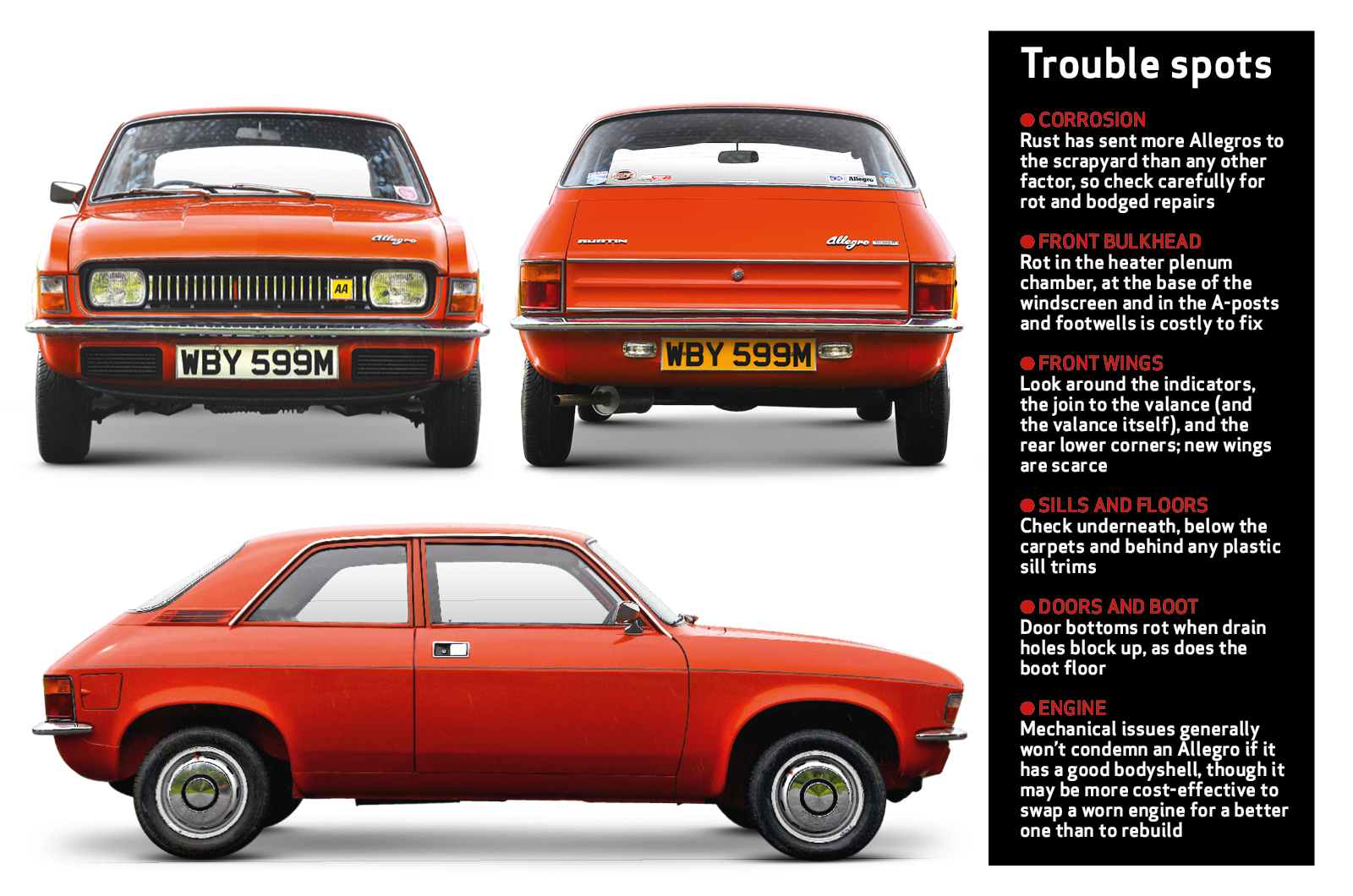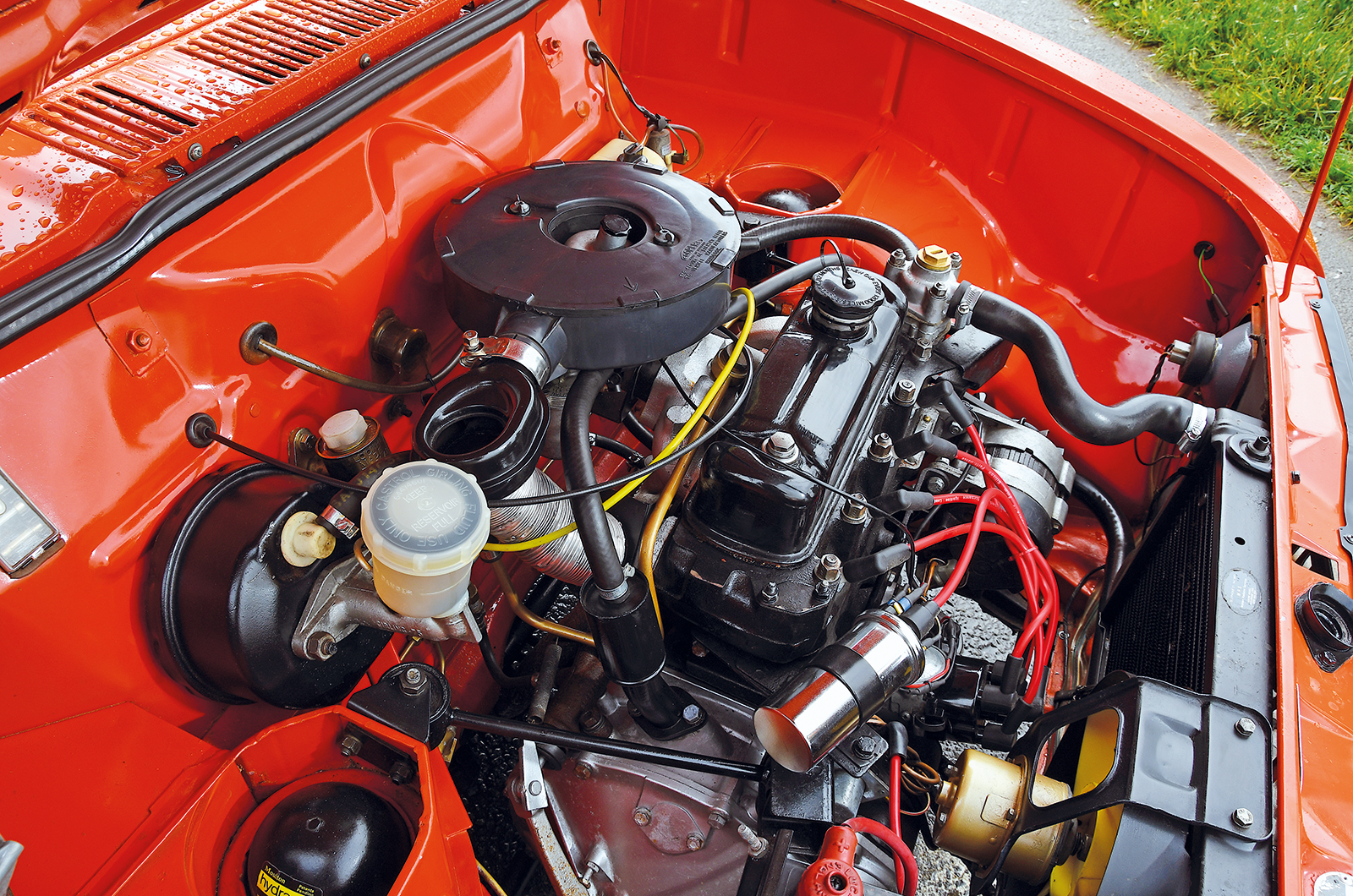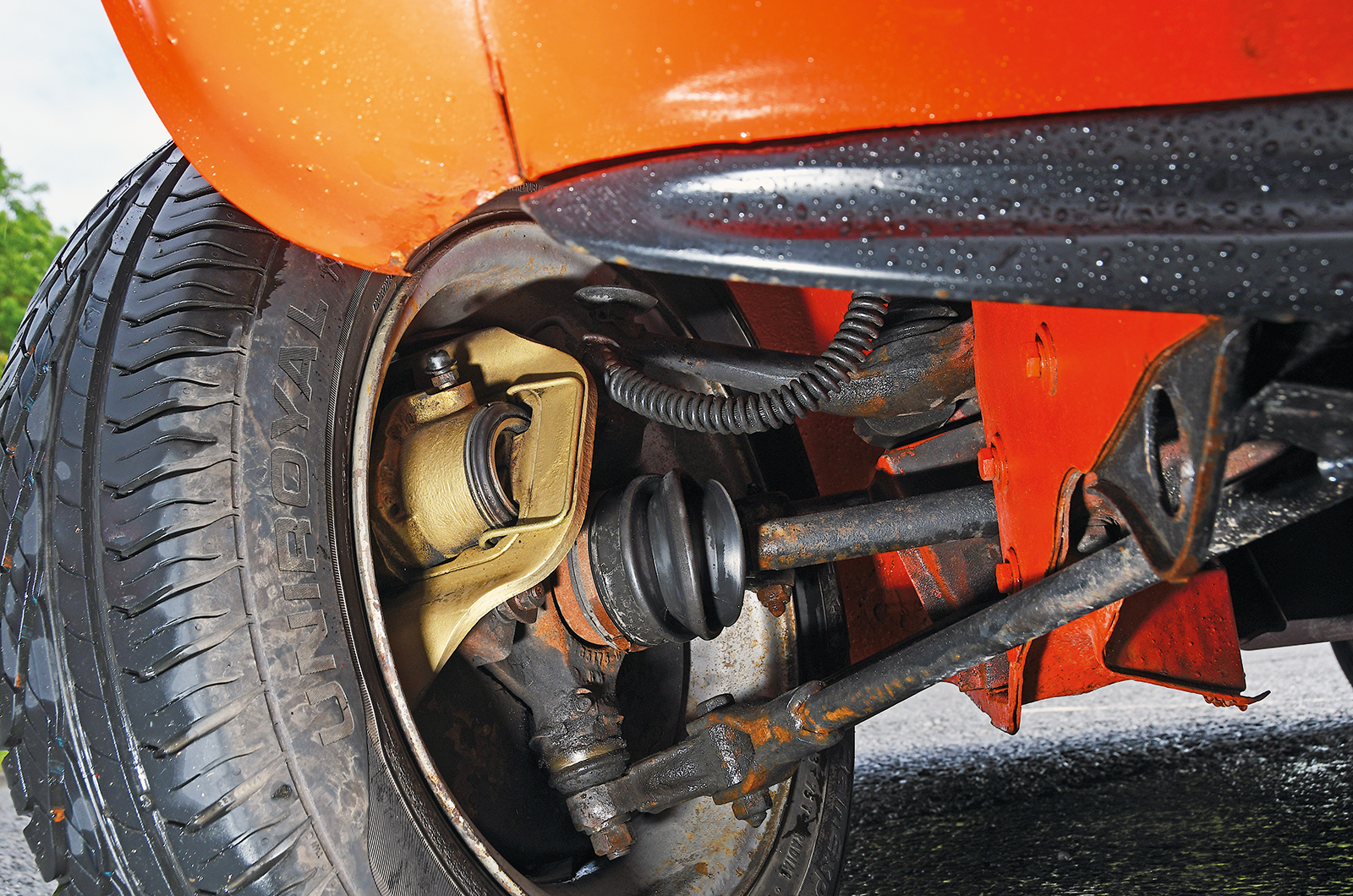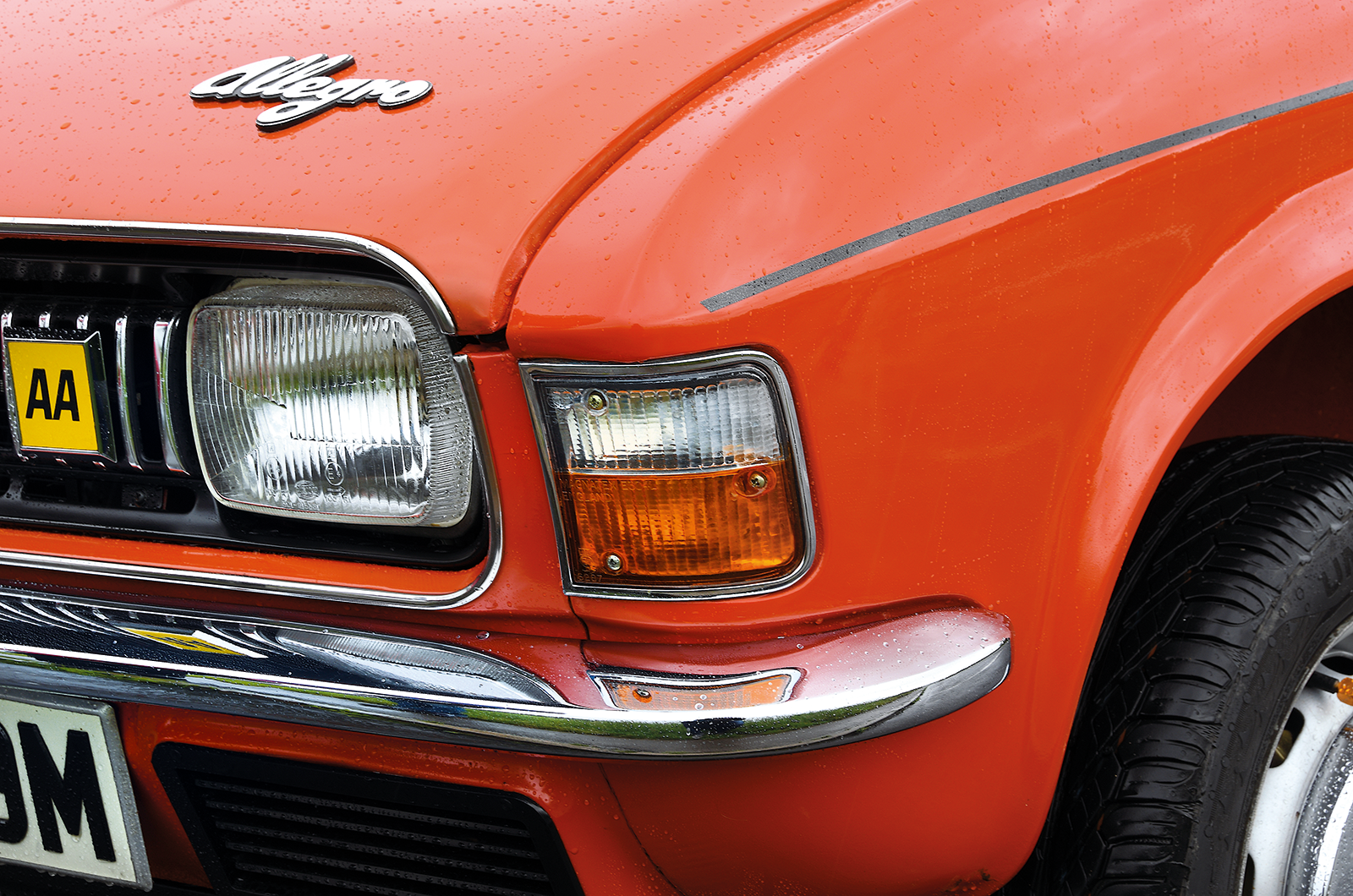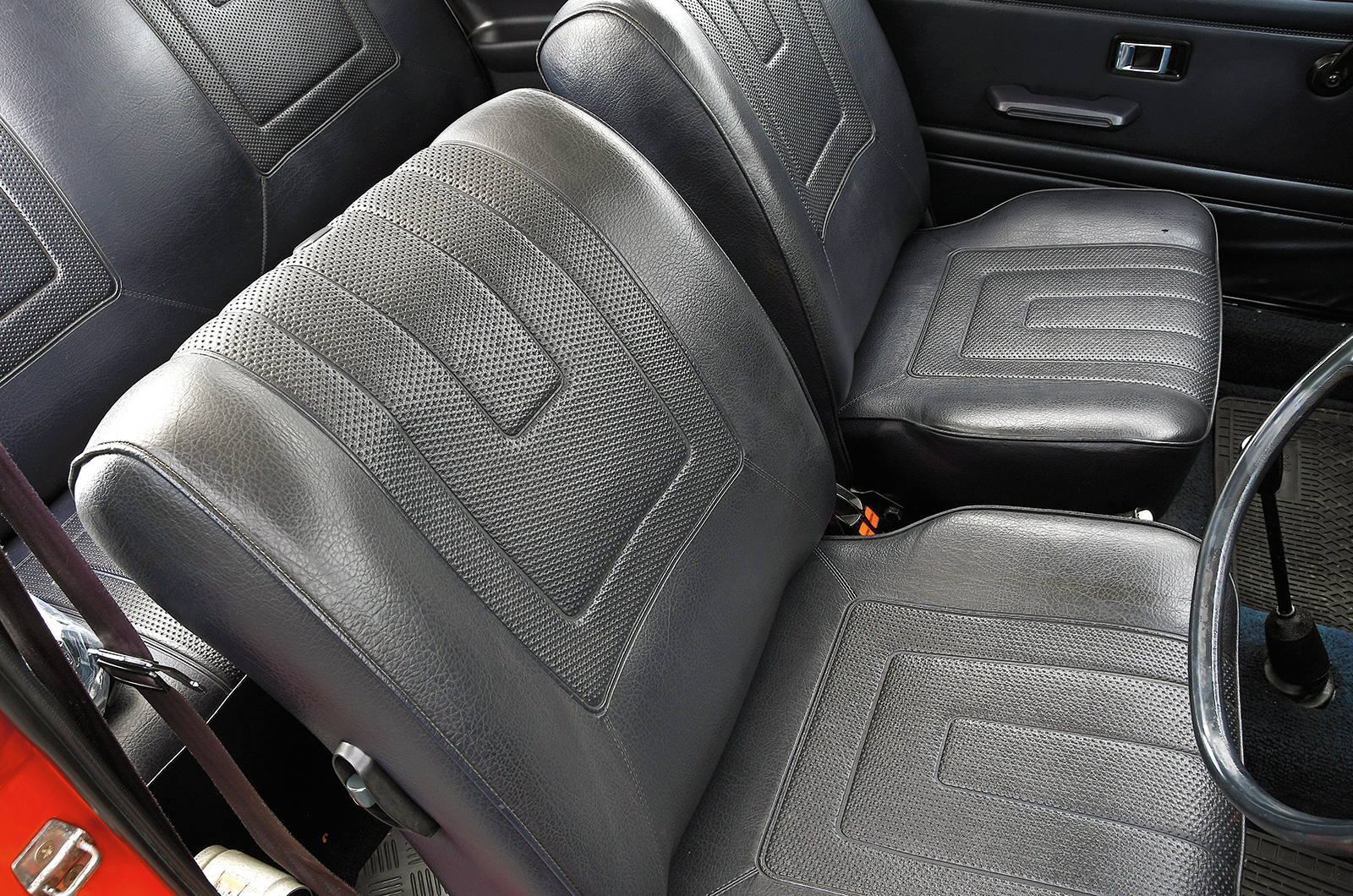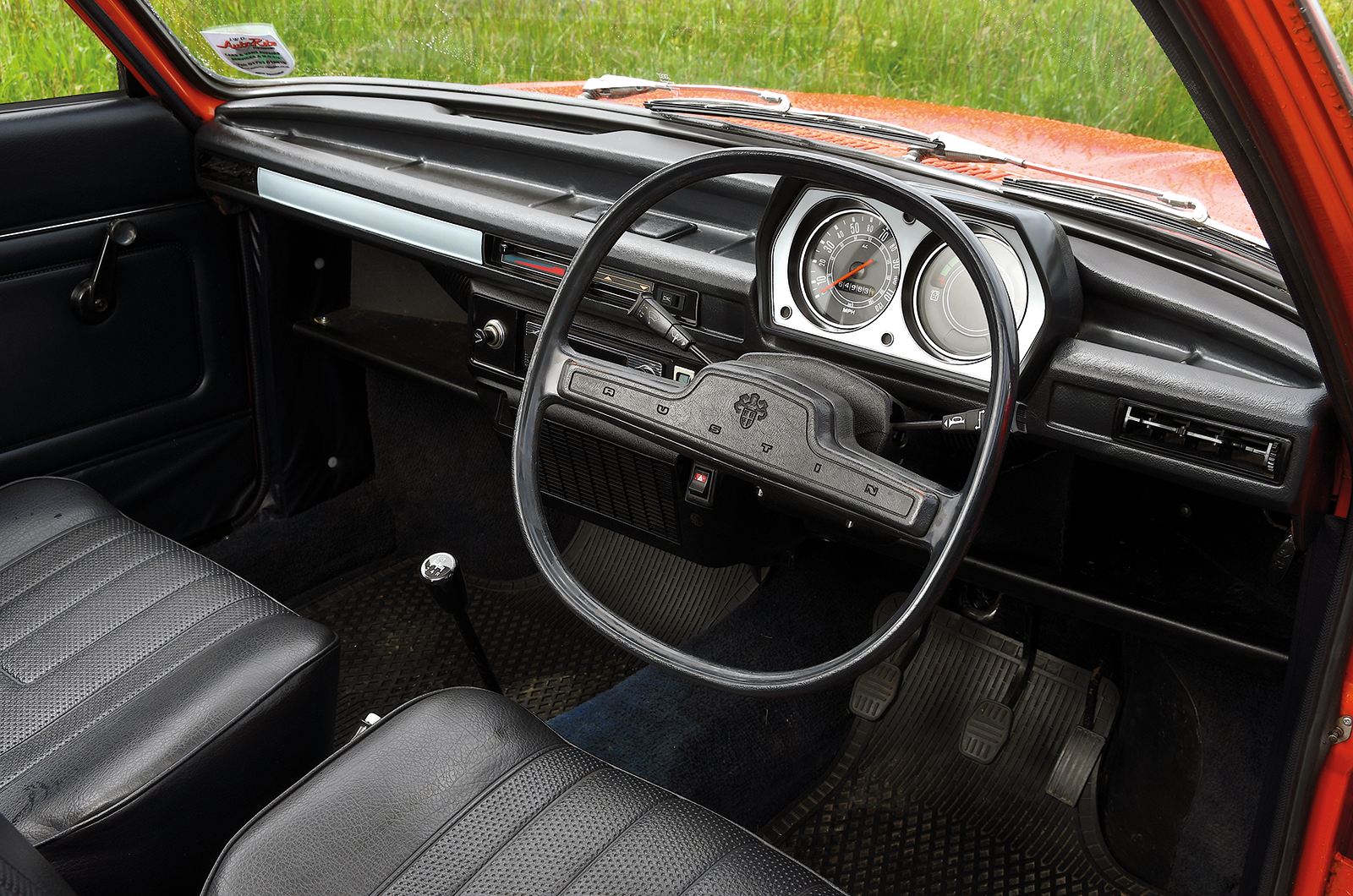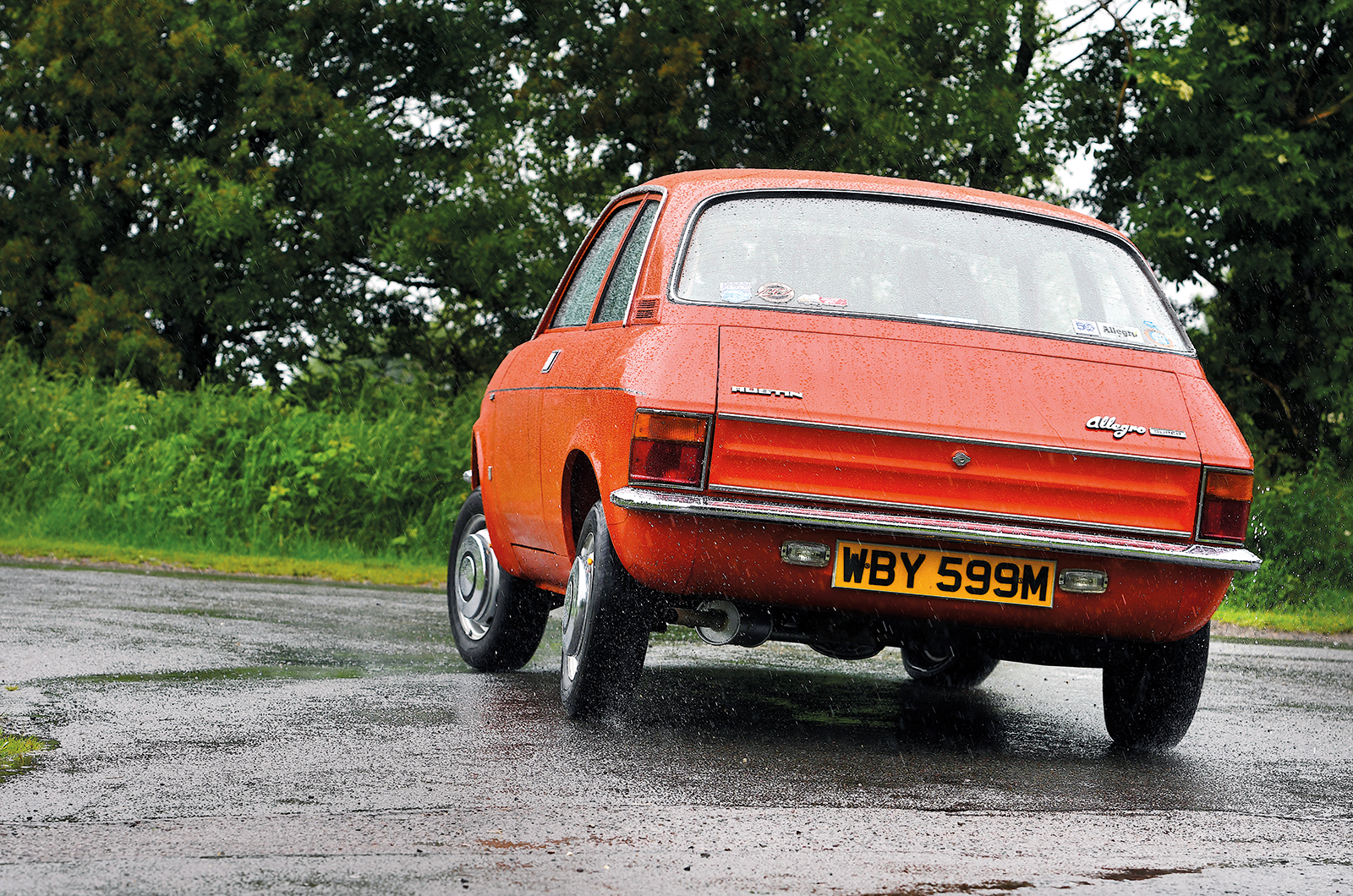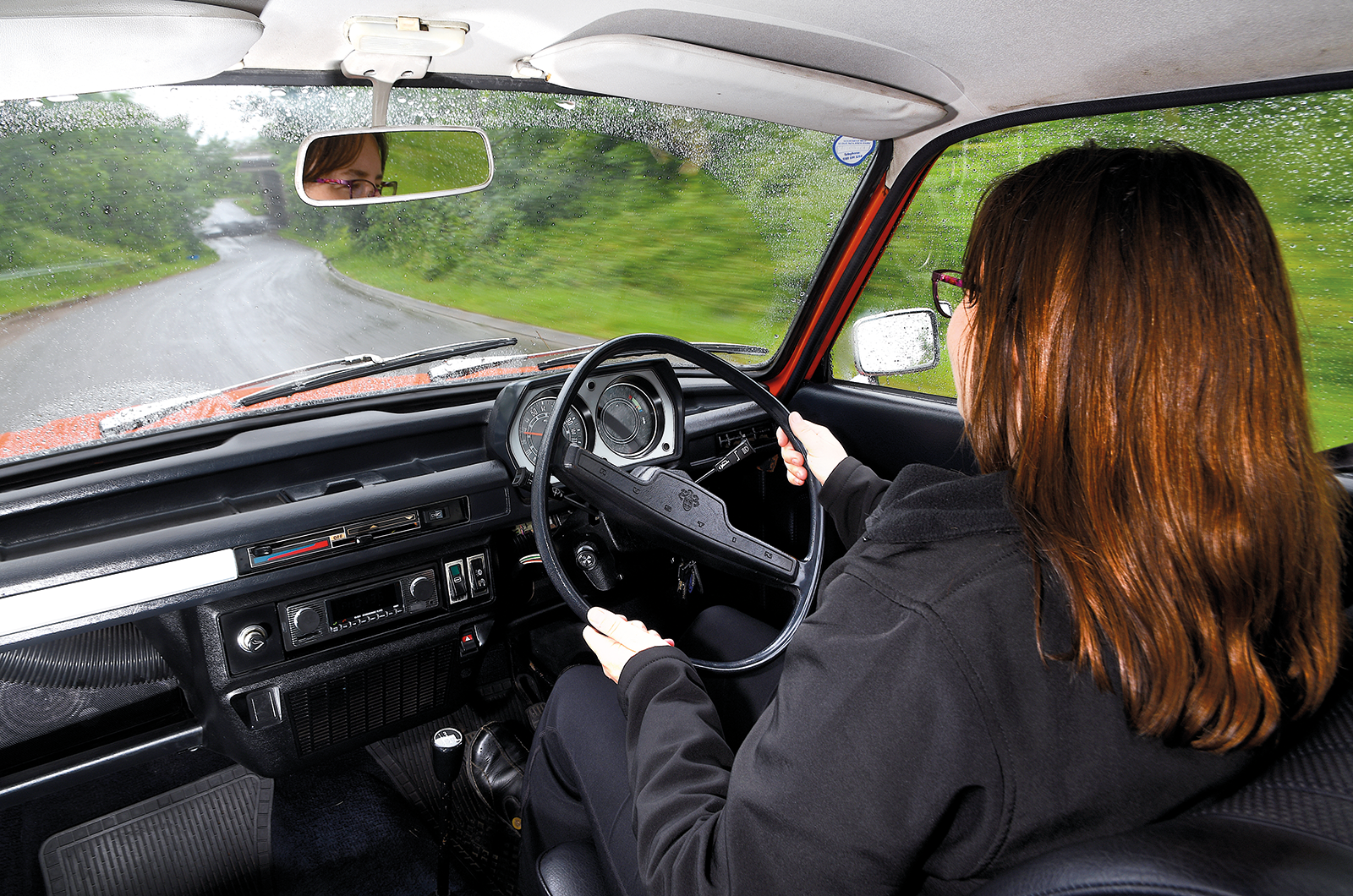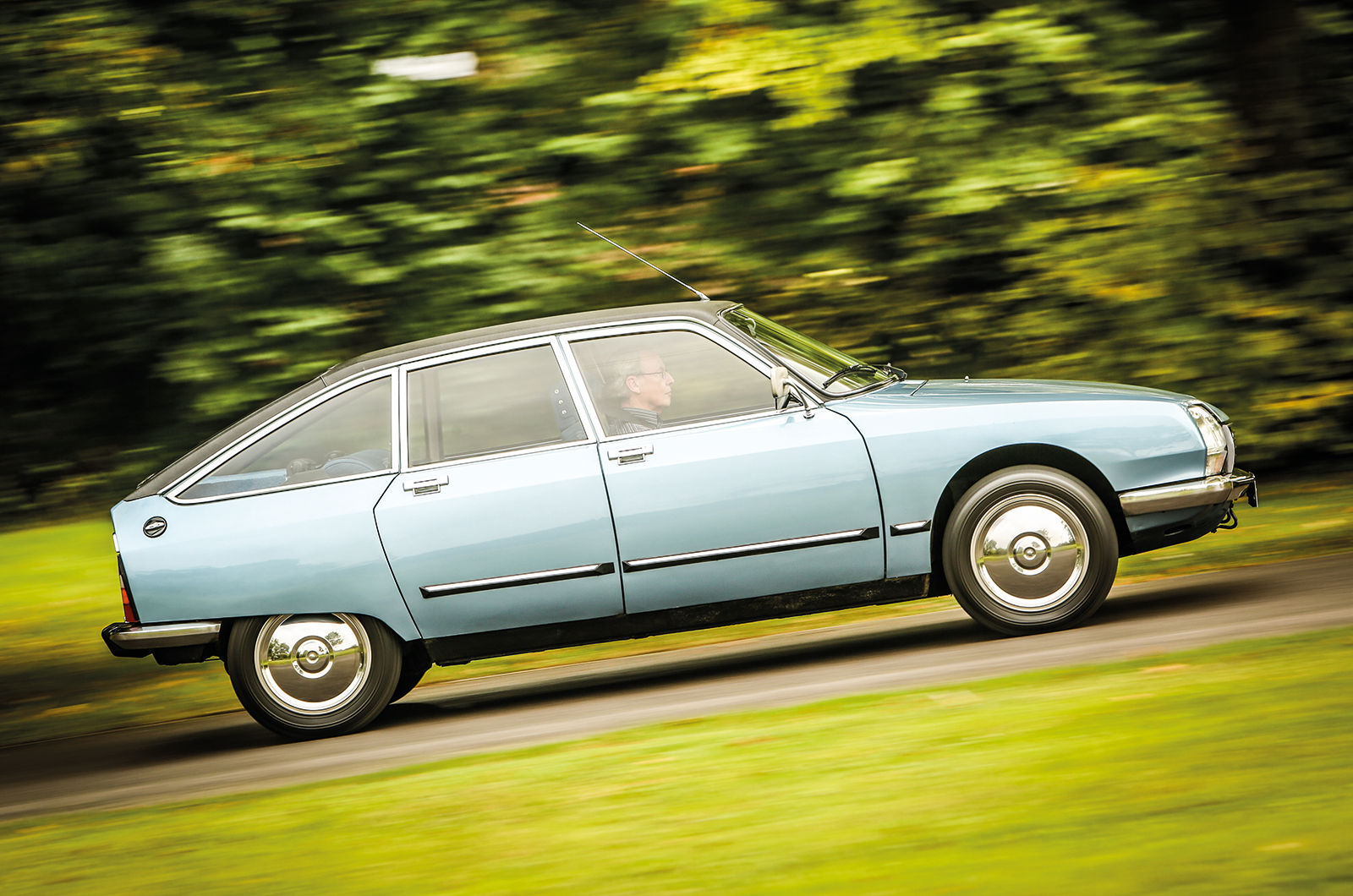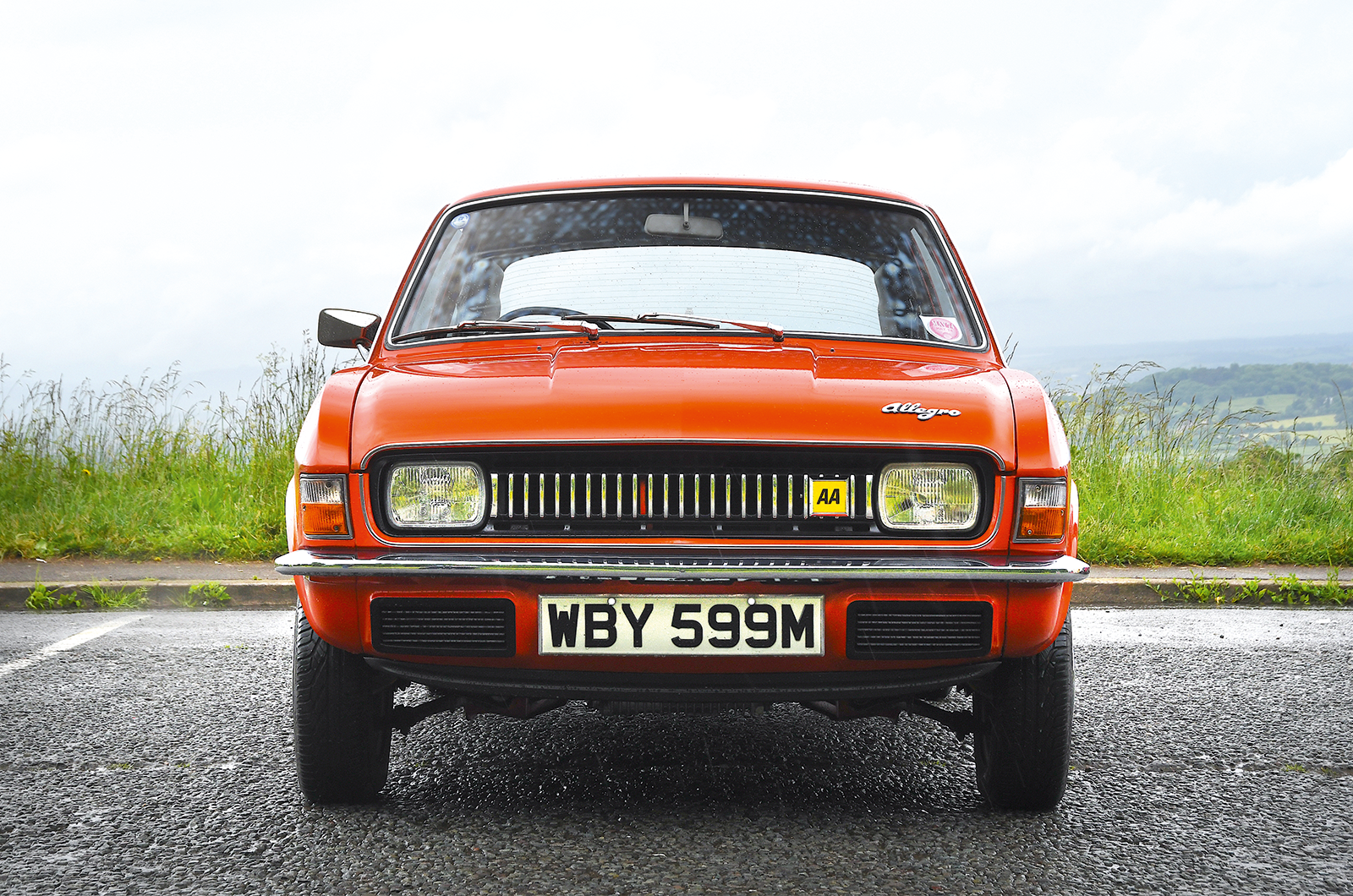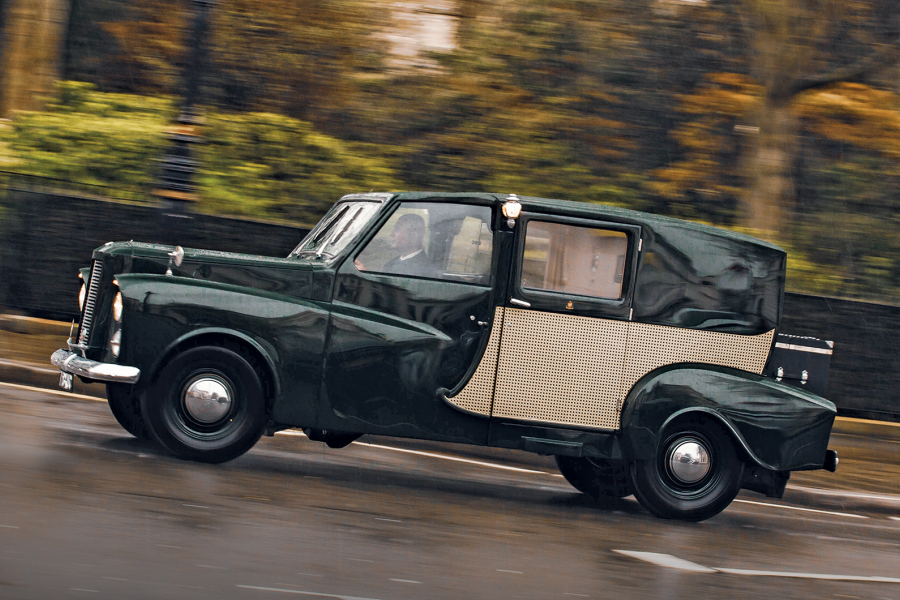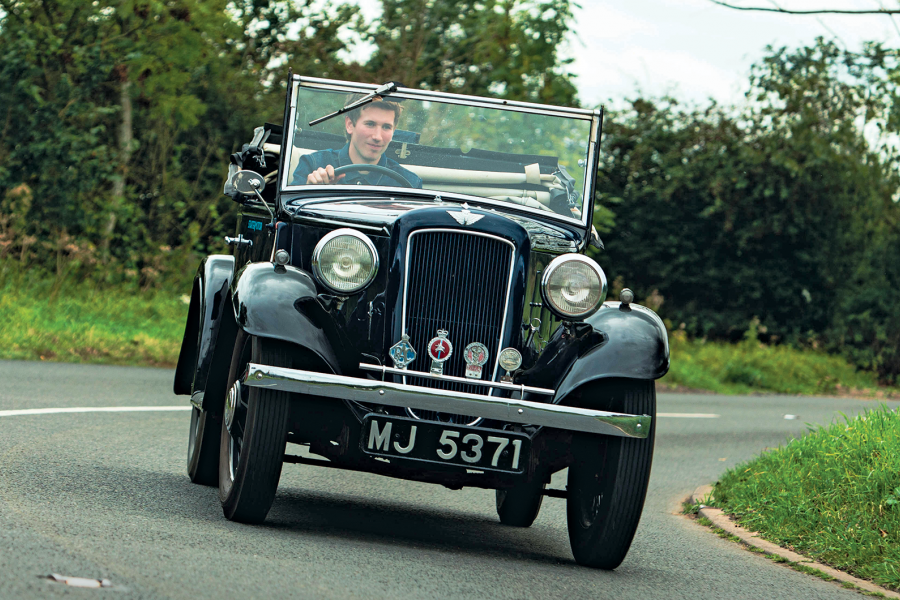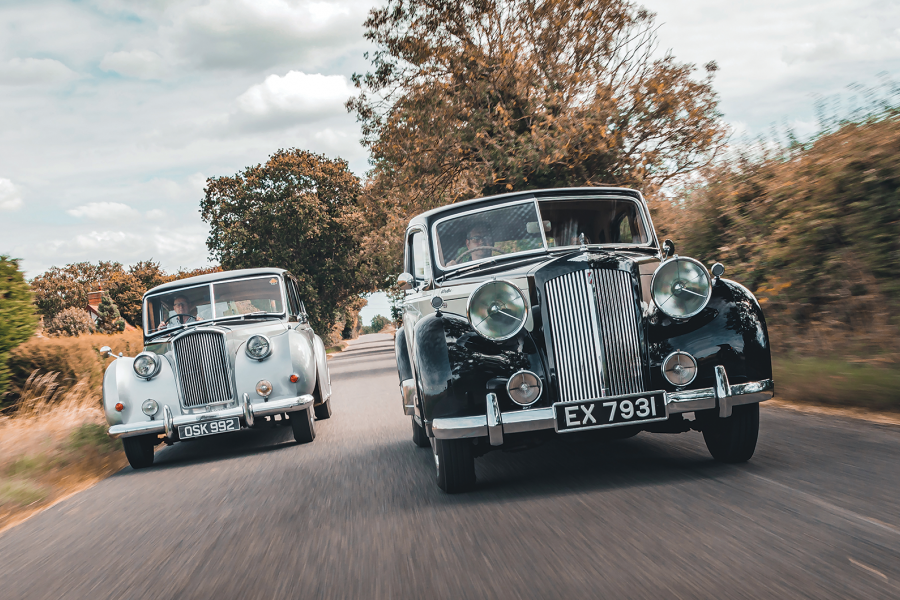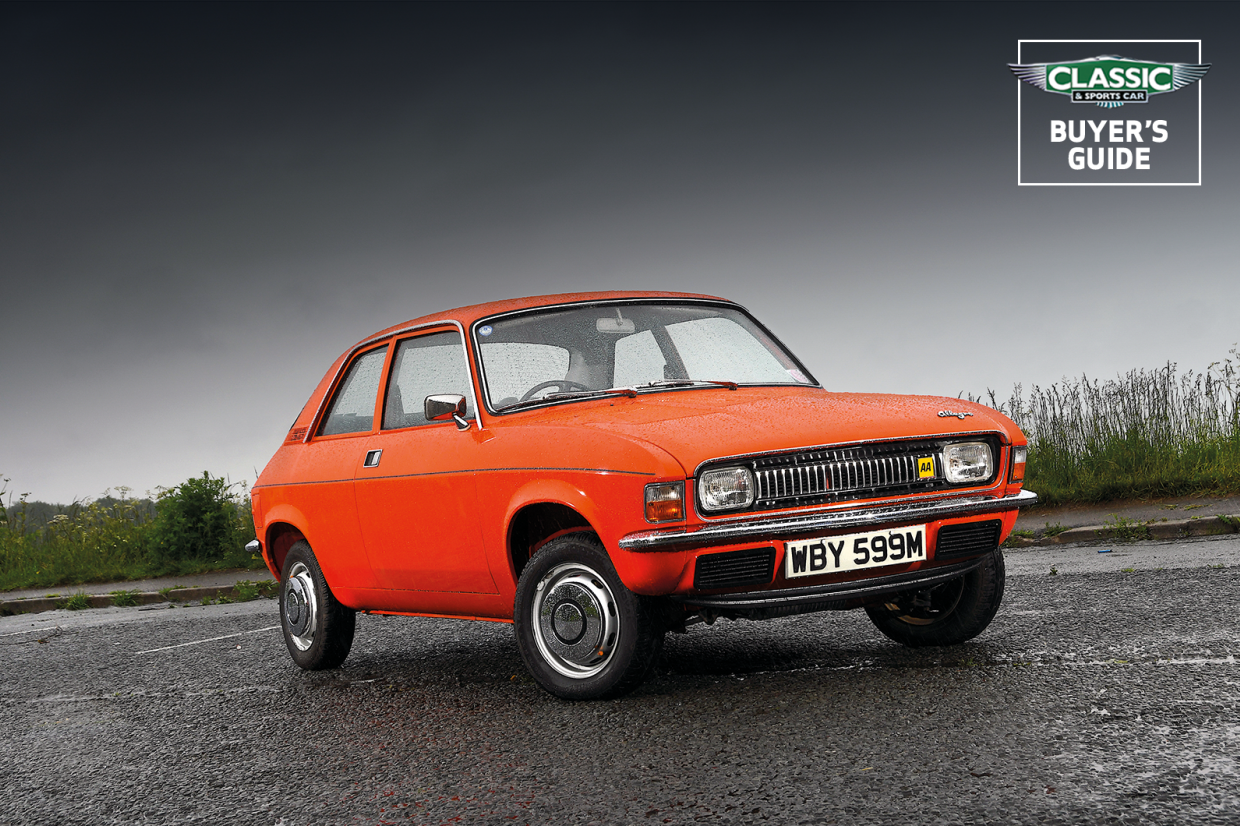
Why you’d want an Austin Allegro
After decades of Allegro-bashing, it’s humbling to see the 18 pages and front cover that Motor devoted to the car’s launch in May 1973.
The world’s first Hydragas suspension, a five-speed gearbox on some, disc front brakes, improved interior/boot space and driving position over the 1100/1300, with less overall weight and better crash resistance – the Allegro sparked much positive comment, even if road testers hated that infamous Quartic steering wheel. Motor said: ‘The handling was marred by an unbelievable steering wheel that we all detested.’
How times change: now the early Quartic wheel is one of the most sought-after Allegro features, and the dumpy styling has a certain 1970s charm.
A mix of A-series and E-series engines gave the Allegro 1100, 1300, 1500 and 1750 options, with the top-of-the-range 1750SS described on test as: ‘Spacious and well-equipped; smooth and quiet at speed; good handling; smooth ride under most conditions; competitively priced.’
Its suspension crashed over potholes, and access to the rear seats on the four-door was cramped, even though there was adequate space inside. Both criticisms were addressed by British Leyland by early 1974 – an impressive turnaround.
The Quartic wheel was gone by October and the ride and fresh-air ventilation were improved in 1975, though the gearchange on five-speed E-series cars remained poor. The base 1100 was additionally criticised for its harsh and noisy engine, whereas its gearchange was the best yet for a front-drive BLMC model.

